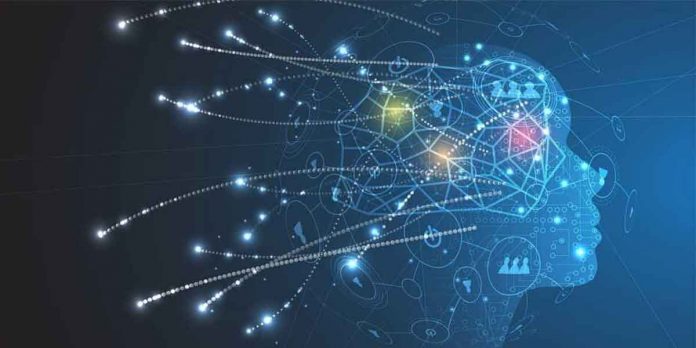ETH Zurich and Frankfurt School researchers have an artificial neural network. This network can solve challenging control problems. This is a self-learning system. This can be used for the optimization of supply chains and production processes. This can be also used for smart grids or traffic control systems.
Power cuts and supply chain disruptions are very difficult to control using existing methods. Control systems based on artificial intelligence can help to optimize complex processes. It can also be used to develop new business models.
Scientists have developed a versatile AI-based control system called AI Pontryagin. It is designed to steer complex systems and networks towards desired target states. Scientists used a combination of numerical and analytical methods. They demonstrated how AI Pontryagin automatically learns to control systems in near-optimal ways. It happened when the AI has not previously been informed of the ideal solution.
Self-learning control system
Fluctuations in complex systems are able to trigger cascades and blackouts. In order to avoid such incidents and improve resilience, scientists have devised a wide variety of control mechanisms and regulations. It includes typical applications like voltage control in power grids. It is not always possible to control complex dynamic systems by manual intervention.
Scientists showed how AI Pontryagin automatically learns quasi-optimal control signals for complex dynamic systems. Scientists analysed the vital groundwork. Further research is needed to determine the system’s applicability to real-world cases. Control methods are needed to protect power grids from fluctuations and outages and optimize supply chains.
Supply-chain control as possible application
AI must first be provided with information on the target system’s dynamics to use AI Pontryagin as intended. It includes detail of the number of possible suppliers in supply chains. This information is needed to determine which areas require dynamic optimization. Users provide information on the system’s initial status. This includes current stock levels and its desired status. Like the requirement to replenish stock to certain levels while minimizing the use of resources.

